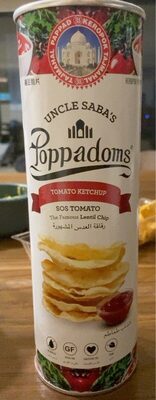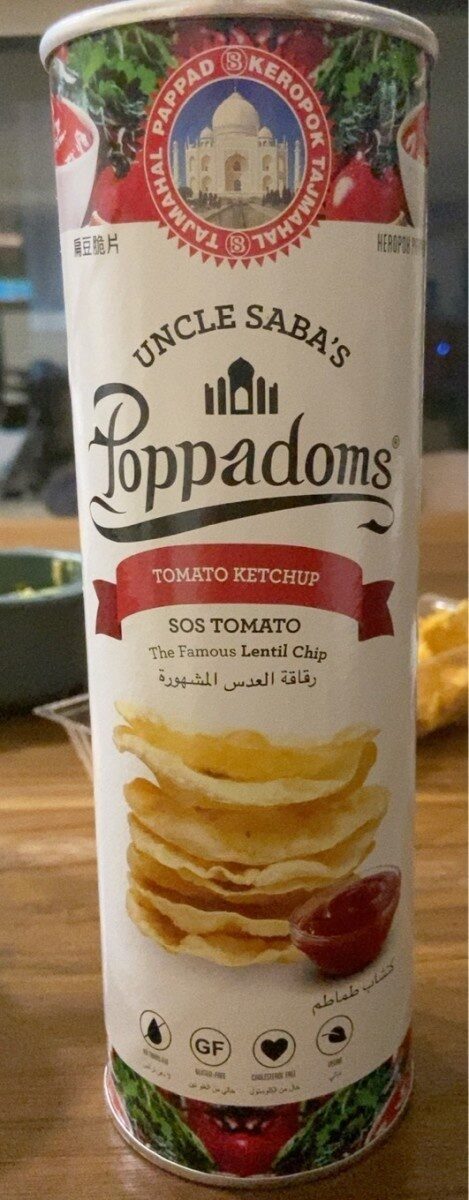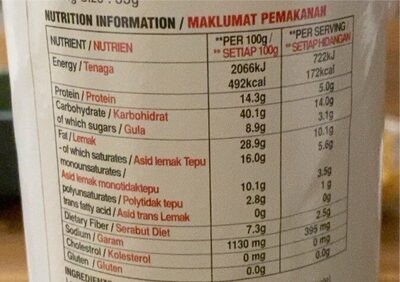Poppadoms - UNCLE SABA - 35g
This product page is not complete. You can help to complete it by editing it and adding more data from the photos we have, or by taking more photos using the app for Android or iPhone/iPad. Thank you!
×
Barcode: 9555243803129 (EAN / EAN-13)
Quantity: 35g
Brands: UNCLE SABA
Categories: Plant-based foods and beverages, Plant-based foods, Cereals and potatoes, Breads, Flatbreads, Special breads, Papadum
Labels, certifications, awards: No gluten
Stores: Tesco
Matching with your preferences
Environment
Packaging
Transportation
Threatened species
Report a problem
Data sources
Product added on by smhafeez
Last edit of product page on by 5m4u9.
Product page also edited by categorizador, kiliweb, openfoodfacts-contributors, yuka.sY2b0xO6T85zoF3NwEKvlhEXUseFgzGYaz_6pFaFyobSf67aYNEv_o3KDas.
If the data is incomplete or incorrect, you can complete or correct it by editing this page.










